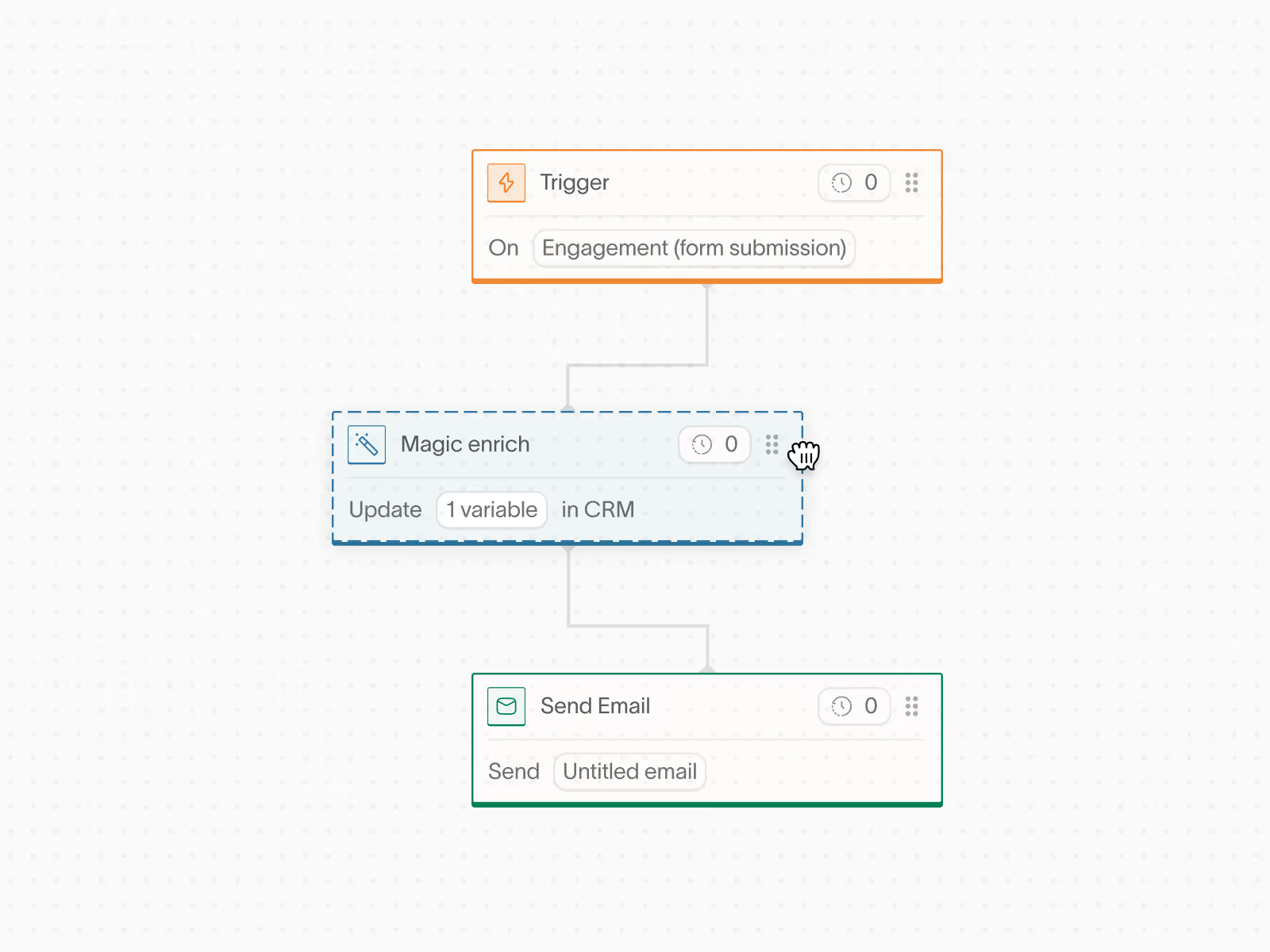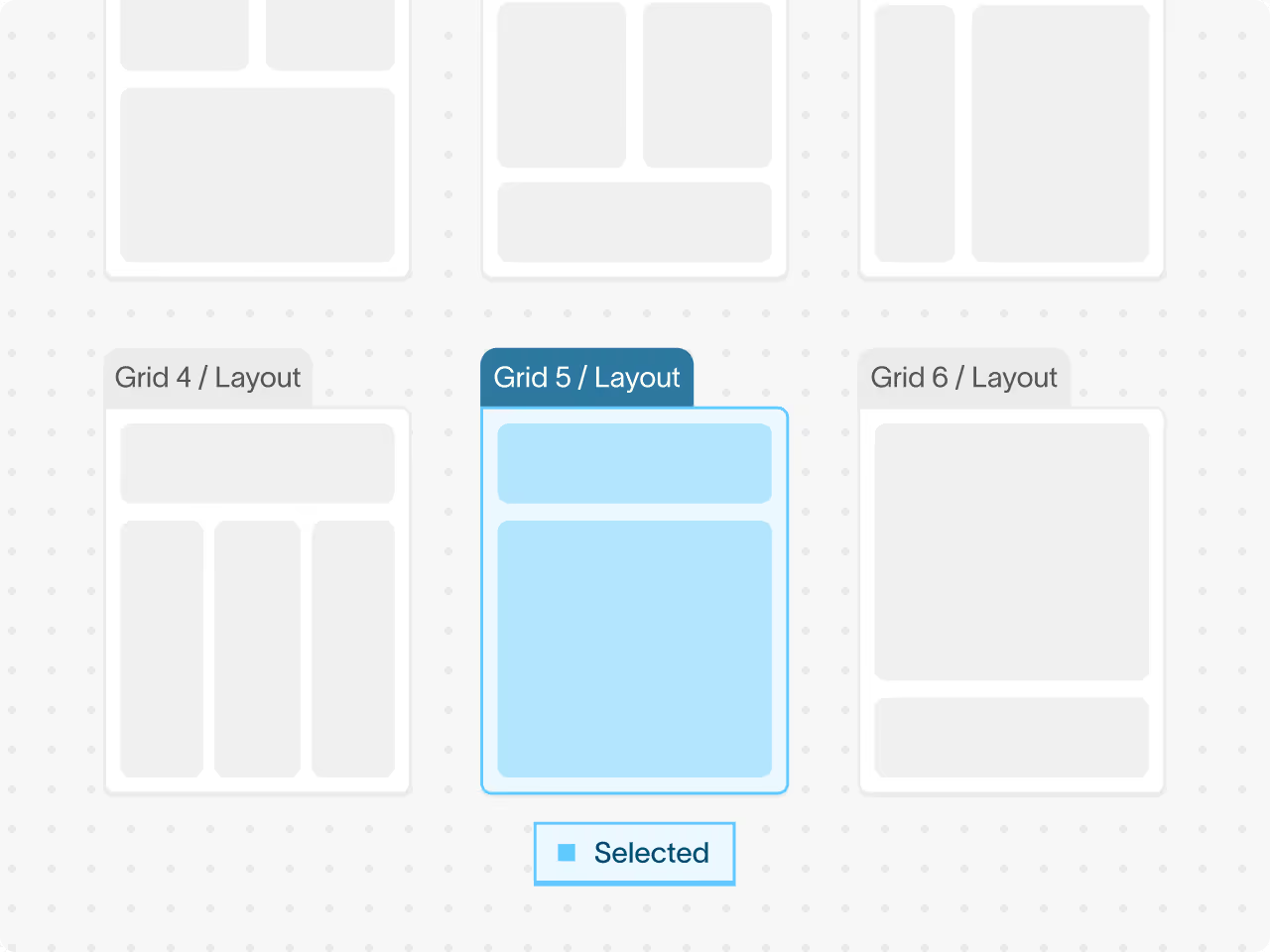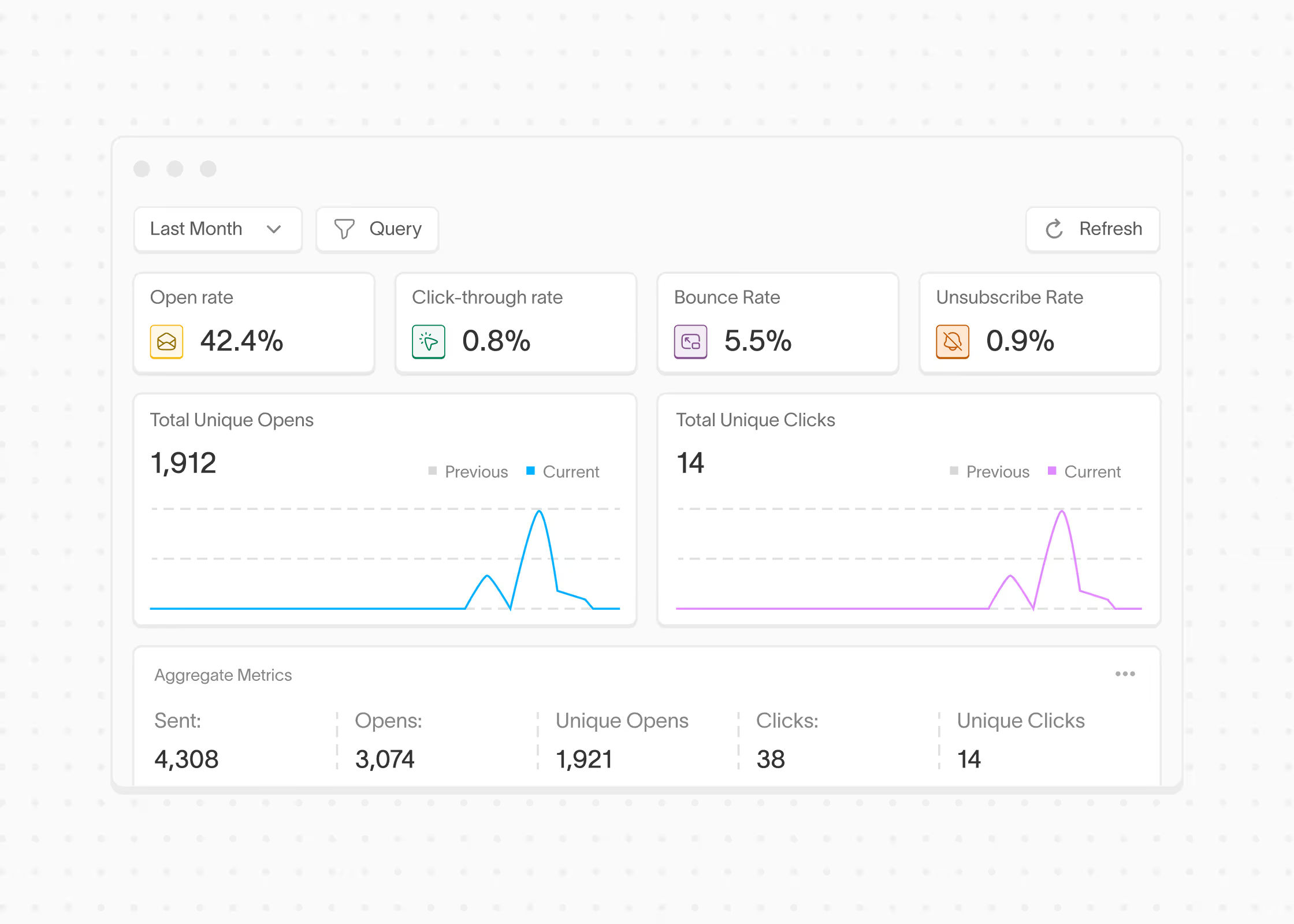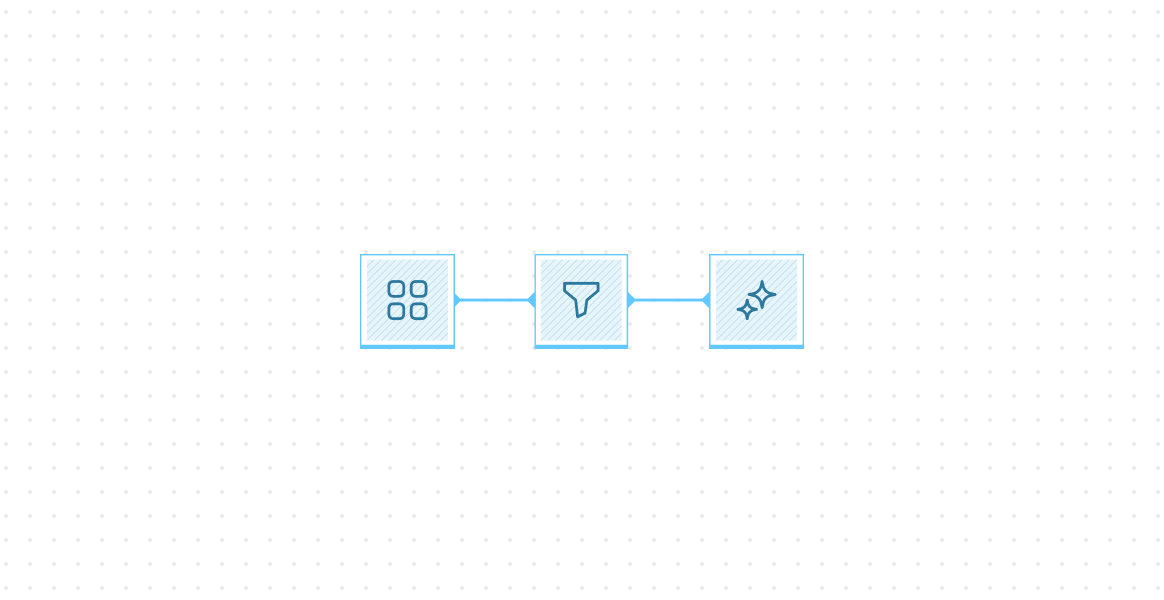Dynamic Closed Lost Recovery
Learn how to build dynamic, AI-driven closed-lost recovery sequences that reactivate pipeline with the right message at the right time.

Introduction
Marketers are sitting on a goldmine of data - and it’s right in your CRM.
Closed-Lost accounts are some of the most valuable prospects in your pipeline.
These buyers:
- Already went through your entire sales cycle
- Are a clear ICP fit
- Actively looking for a solution / are in market
- Already considered buying from you
Lots of marketing teams are already taking advantage of closed-lost recovery strategies. This usually consists of sending the same, repetitive messages to a list of accounts uploaded every quarter. Without proper personalization, this strategy renders itself ineffective and leads to lost revenue.
Some of the fastest-growing marketing teams in the world are using Conversion to craft closed-lost journeys that actually tailor to the reasons why accounts didn’t purchase in the first place.
Here’s what you’ll need:
- (Optional) Closed Lost Reason field in your CRM
- Why optional? We know AEs aren’t always the best at marking their closed-lost reasons. If you have this field populated, great. If not, no worries! We have a solution.
- Call Transcript Data (typically logged in Salesforce activity log as an event)
- If you have closed lost reasons all properly marked, you probably won’t need call transcripts. If not, we’ll show you some magic!
- An audience of contacts who are marked as Closed Lost in your CRM
How to build dynamic closed-lost recovery in Conversion
You can build a closed-lost nurture sequence in under 30 minutes using Conversion’s powerful and seamless workflow tool.
First, set up a dynamic trigger that enters contacts into your workflow every time their associated opportunity stage changes to “Closed Lost”.
Optionally, you can add a Time Delay node after the trigger to not nurture them until 2-3 weeks after they’ve been marked as closed-lost.
Here’s where the magic happens.
If you have perfect closed lost reasons marked in your CRM, you can skip this step. For the 99% of marketing operations teams that have to deal with messy CRM data, here’s how you can identify a closed-lost reason.
Use a magic enrich block and set it to update the “Closed Lost Reason” variable. For the prompt, you can write something along the lines of:
Based on the most recent call transcript [Insert Call Transcript Variable], identify what the closed lost reason is from the list of following reasons:
- Chose a competitor
- Pricing
- Wrong Timing
- Other
Read our prompt guide for more info on how to write great AI prompts!
These are some examples of closed lost reasons but every business is different and you may have other closed lost reasons such as:
- Migration concerns
- Missing features
- Account decided to build internally
Using AI, Conversion will now automatically determine what the Closed Lost reason is based on the most recent call transcript in your CRM.
From here, you can now variable branch into different reasons that you set as the output from your Magic Enrich block. You can also further magic enrich off of call transcripts to identify more details:
- “Based off the call transcript, which competitor did they choose”
- “If it’s the wrong timing right now, when should we reach out again based off the call transcript”
Now you can send contacts into extremely targeted sequences based on their specific closed lost reasons. For example, if they chose a competitor and the competitor was identified as Acme, we can now send Conversion vs. Acme emails and ads to this user. If they said to reach out next quarter, we can set a time delay to start nurturing them in 3 months. The possibilities are endless.
With Conversion, closed-lost recovery is no longer a quarterly batch and blast with manual account list uploads. It’s a dynamic engine that uses AI to scale hyper-personalization and makes sure pipeline gets reactivated with the right message at the right time.
Turn Every Form Fill-Out Into Your Next Customer
Trigger personalized emails and actions based on real-time behavior, not static lists.













